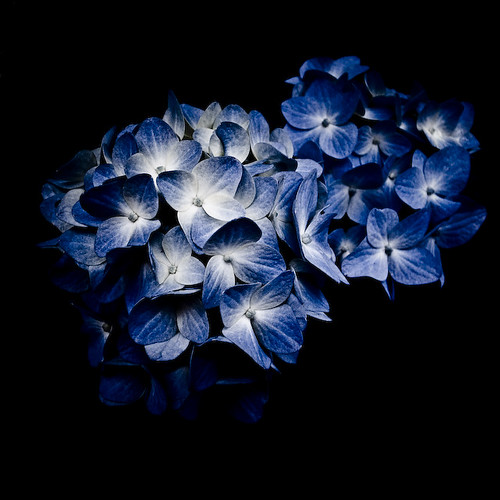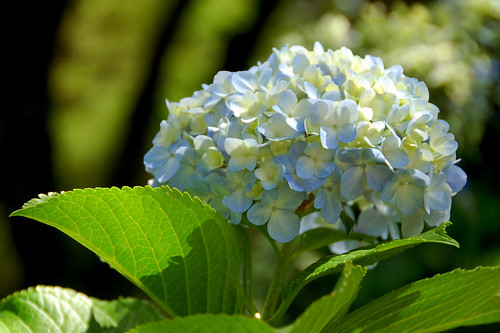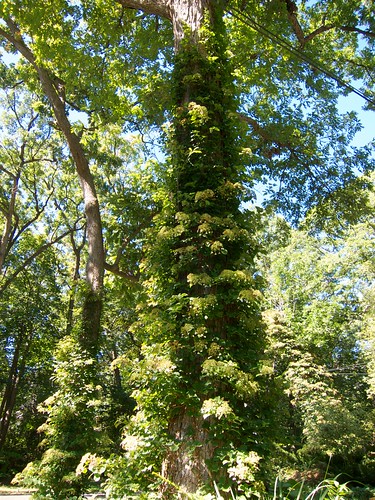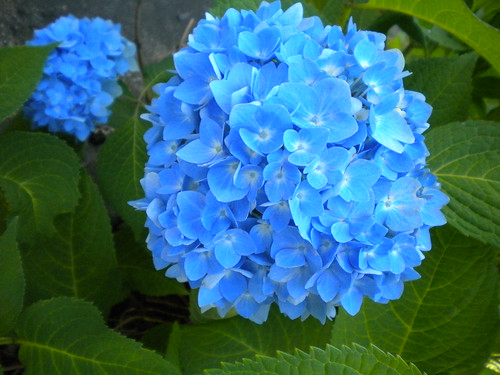TheGardenLady received this question from Cookie:
Is it too late in the season to add aluminum sulfate to my hydrangeas to make them blue? How much would you add to each plant as I have a row of 29. The blooms are starting to come in but are very light blue at this point. Would you recommend something else to add to make them blue. I am always worried I will kill them by adding too much.
It may be a little late to get the color Hydrangea you want, but it is never to late to start.
The first thing you should do is to test your soil to find out what the soil pH is. Blue hydrangeas like a soil acidity of between 5.2 and 5.5. You can buy a soil test kit at your local hardware store or get the kit through your Master Gardener office of your local agriculture extension office. This will give you an idea of how much you want to amend your soil with things that bring up the acid level. You should have this test done every year to be sure your soil is as acid as you need it to be. Before you start amending your soil,  you want to check to see what other flowers are near the hydrangeas to know if they are also acid loving plants. Here is a list of some acid loving plants.






